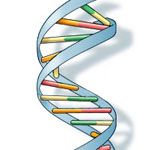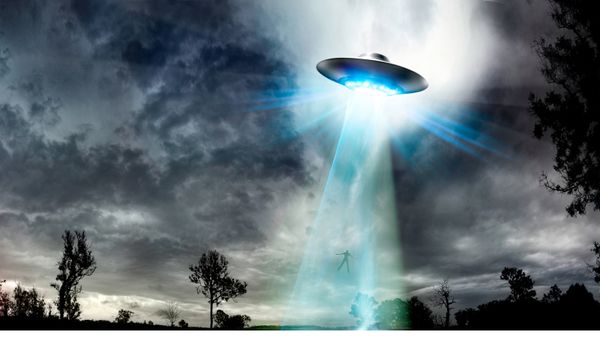The universe is filled with massive clouds of dust. From past studies, scientists have learned that this cosmic dust can, in the presence of plasma, creates formations known as plasma crystals. An international team of researchers published a study in the Aug.14, 2007, issue of the New Journal of Physics that indicates that these crystals may be more sophisticated than anyone realized. In simulations involving cosmic dust, the researchers witnessed the formation of plasma crystals displaying some of the elementary characteristics of life -- DNA-like structure, autonomous behavior, reproduction and evolution.
Before we get into how it works, let's talk about plasma. Plasma is the fourth state of matter. When gas is superheated, electrons are torn from atoms and become free floating. The gas then becomes ionized, carrying a positive charge. This superheated mix of ionized gas and free-floating electrons makes up plasma. Stars are mostly plasma, as is about 99 percent of the matter of the universe, though plasma is much less common on Earth, where we're used to dealing with solids, liquids and gases. Besides being found in stars and in our sun, plasma is transported by solar winds and magnetic fields, often coming into contact with dust clouds like those the researchers studied.
Advertisement

When plasma comes into contact with a dust cloud, dust particles gather an electric charge by sucking up electrons from the surrounding plasma. This core of electrons in turn pulls in positively charged ions, forming plasma crystals. In the scientists' simulations, which were performed on the International Space Station and in a zero-gravity environment at a German research facility, the plasma crystals sometimes developed into corkscrew shapes or even the double-helix shape of DNA. These helix-shaped crystals retain an electric charge and show what the researchers called a self-organizing ability.
Once in helix form, the crystals can reproduce by diving into two identical helixes, displaying "memory marks" on their structures [source: New Journal of Physics]. The diameter of the helixes varies throughout the structure and the arrangement of these various sections is replicated in other crystals, passing on what could be called a form of genetic code.
They even seem to evolve. The formations become sturdier over time as weaker structures break down and disappear.
The researchers want to test whether dust clouds in a non-simulated environment, such as those in Saturn's rings, form helixes and exhibit these behaviors. But the plasma crystals are fragile and difficult to test. They also require a consistent flow of plasma or else they "die."
If they exist in the simulated form, the researchers believe that the crystal organisms could be found in the rings of Uranus and Saturn, which are made up of small grains of ice.
So they form DNA-like shapes, reproduce, pass on their structure or genetic code, "eat" plasma, evolve and die. But are these supposed organisms a real life form? We tackle that question on the next page.
Advertisement



